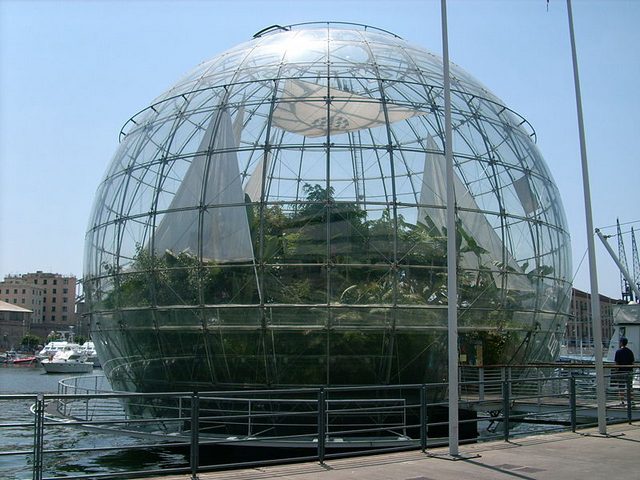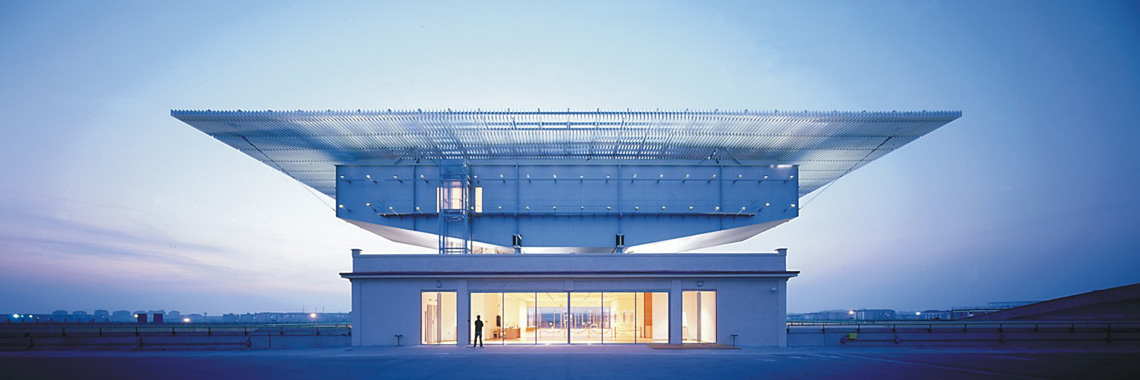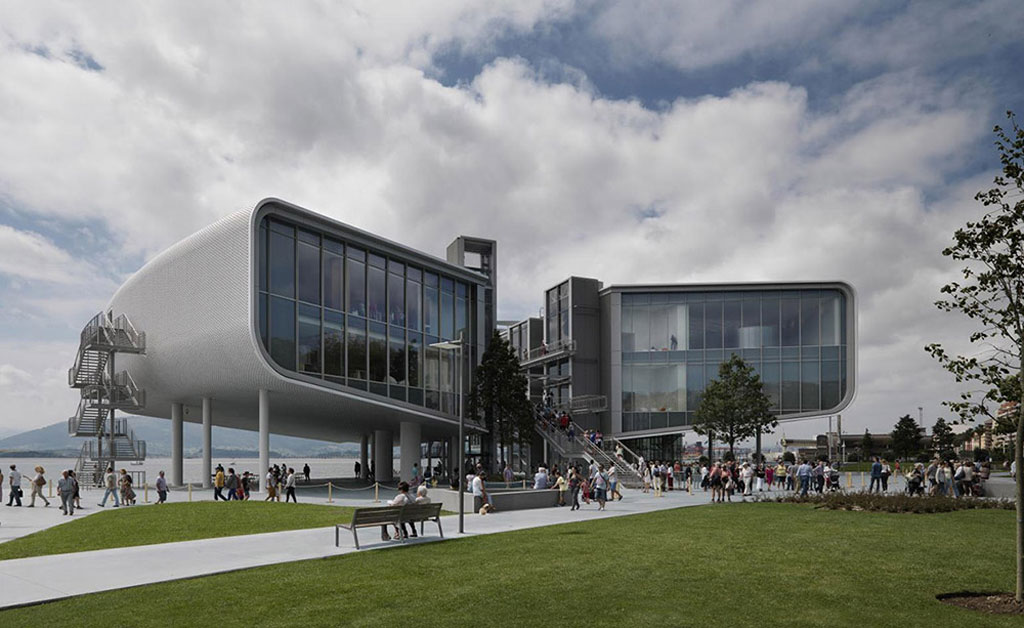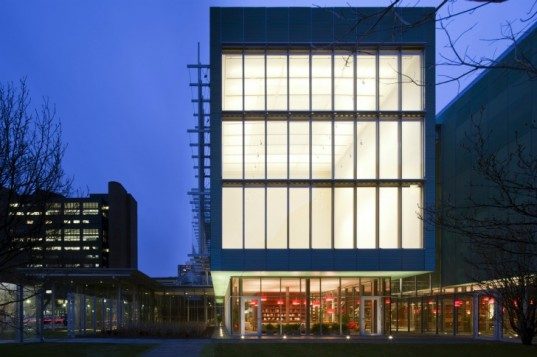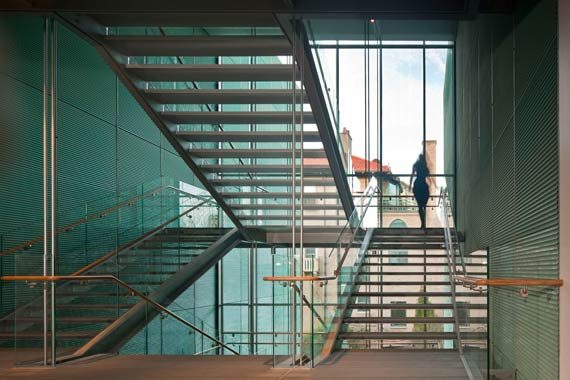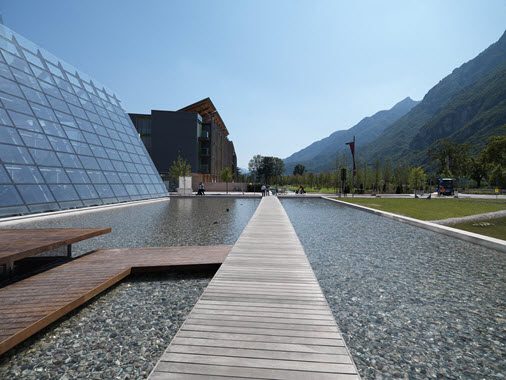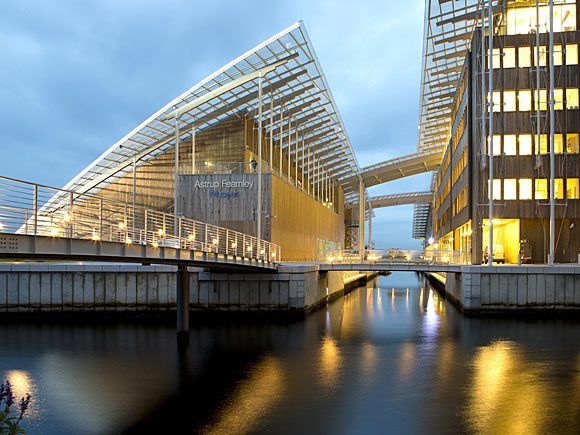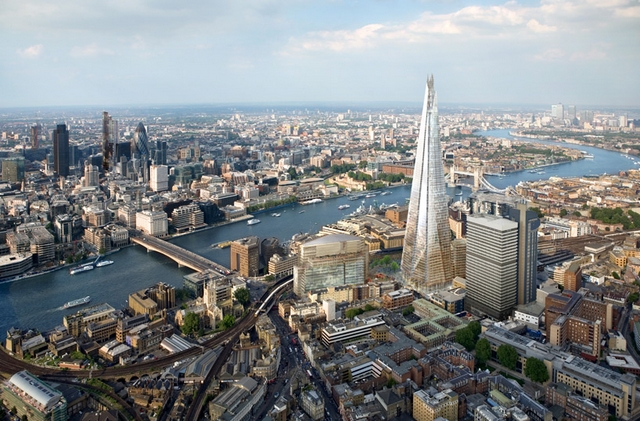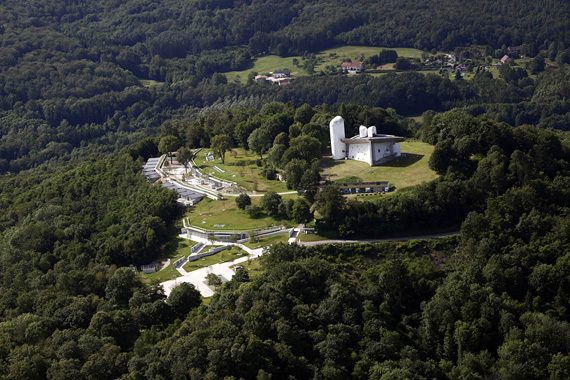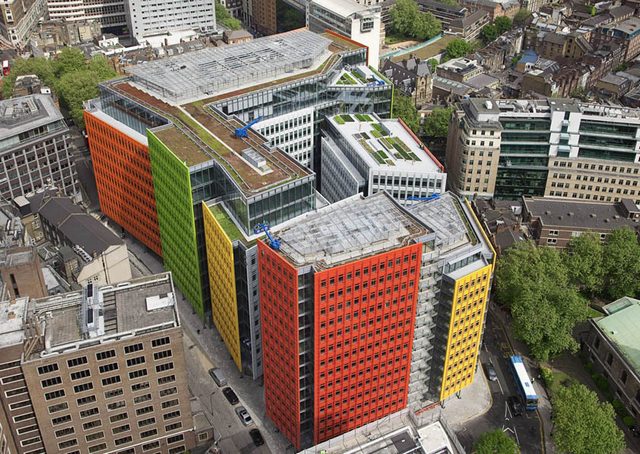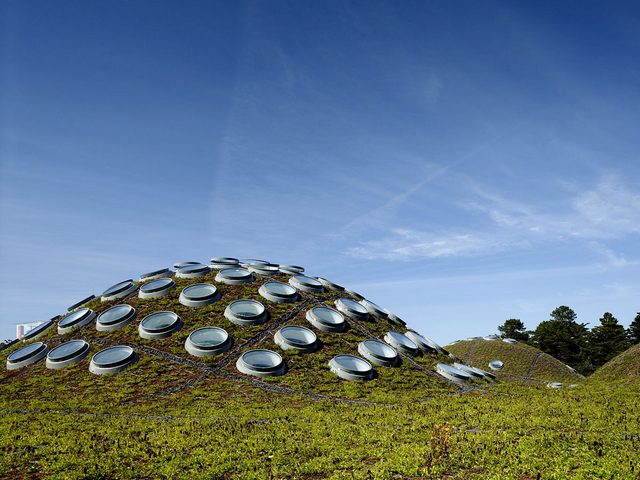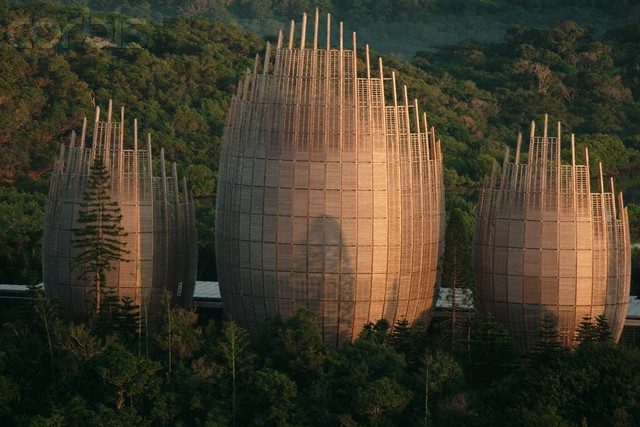ARCHITECTURE: Renzo Piano
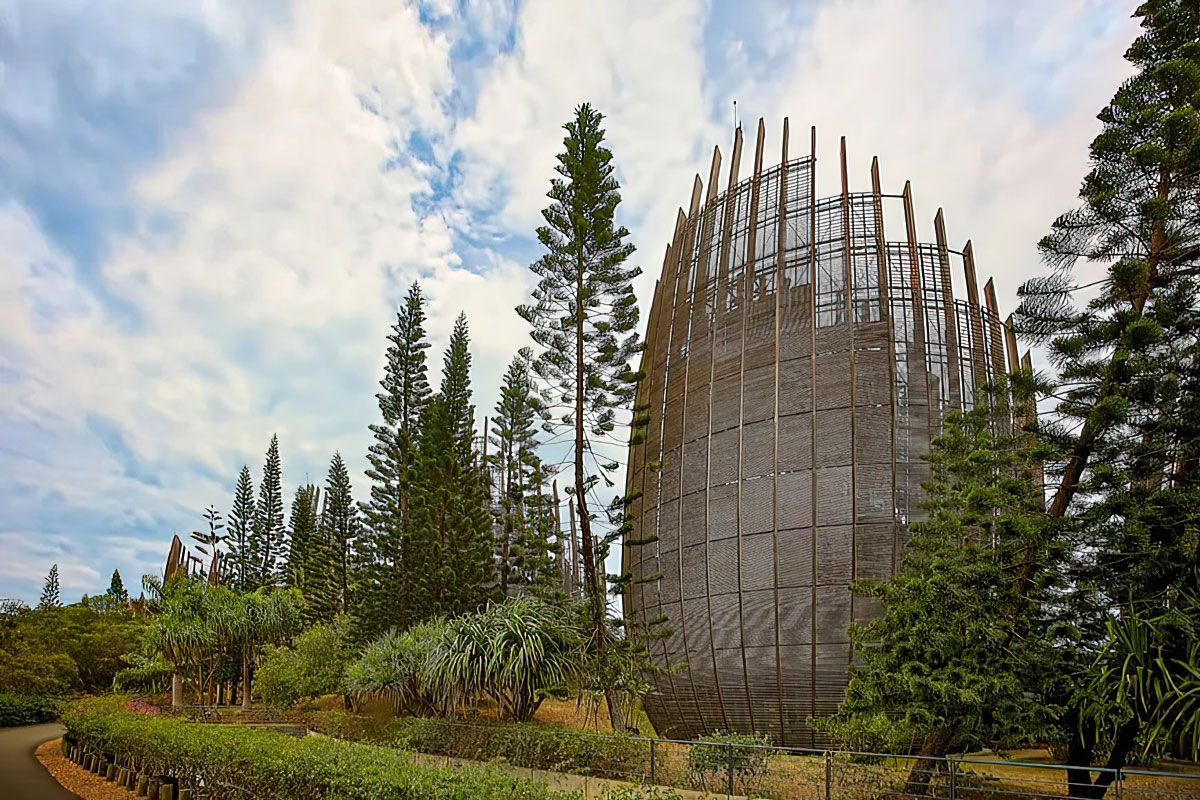 Renzo Piano was born in Genoa (14/9/1937- ), into a family of builders. He was educated and subsequently taught at the Politecnico di Milano. In 1998, Piano won the Pritzker Prize, often considered the Nobel Prize of architecture. The jury citation compared Piano to Michelangelo and da Vinci and credited him with “redefining modern and postmodern architecture”.
Renzo Piano was born in Genoa (14/9/1937- ), into a family of builders. He was educated and subsequently taught at the Politecnico di Milano. In 1998, Piano won the Pritzker Prize, often considered the Nobel Prize of architecture. The jury citation compared Piano to Michelangelo and da Vinci and credited him with “redefining modern and postmodern architecture”.
By Efi Michalarou
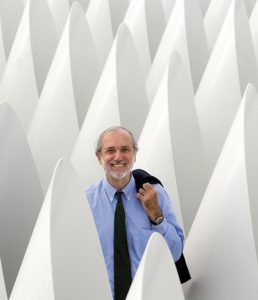 At first, Piano became known for his collaborations with other architects. From 1965 to 1970 he worked at the firm of iconic architect Louis Kahn in Philadelphia and with Z.S. Makowsky in London. He established an architectural firm with Richard Rogers named Piano & Rogers, where they worked together from 1971 to 1977. Their most famous joint project, together with the Italian architect Gianfranco Franchini, is the Centre Georges Pompidou in Paris (1971). The New York Times has declared that this design “Τurned the architecture world upside down”. He also had a long collaboration with the engineer Peter Rice, with whom he shared a practice (L’Atelier Piano and Rice) between 1977 and 1981. In 1994, Renzo Piano won the international competition for the new Auditorium in Rome. The Auditorium Parco della Musica, a large multi-functional public music complex situated in the north of city, was inaugurated in 2002. In only a few years, it became the most visited music facility in Europe. In 2001, he designed the Maison Hermes store in Ginza, Tokyo in the design of a traditional Japanese magic lantern. Piano has become known for his museum commissions, including the Morgan Library in New York City and the NEMO science museum in Amsterdam. His recent expansion of the Art Institute of Chicago includes a 24,500 m2 wing with 5,600 m2 of gallery space, called the Modern Wing, which opened on 16 May 2009. It includes a “Flying Carpet”, a sunscreen that hovers above the roof and a 190m steel bridge connecting Millennium Park to a sculpture terrace that leads into a restaurant on the wing’s third floor. The New York Times stated that “Τhe structure immediately brings to mind the work of Mies van der Rohe”. Piano’s design for the new building of the California Academy of Sciences in San Francisco (completed in 2008) also received a significant amount of acclaim, including from the New York Times. Recently, a number of Piano’s most notable projects have been completed. These include skyscrapers such as the The New York Times Building in Midtown, Manhattan and the The Shard in London, Europe’s tallest skyscraper which was opened on 2012. He has also received a number of major museum commissions recently including the Botín Center in Spain, the forthcoming High Line-adjacent location of the Whitney Museum of American Art, a massive new building for the Harvard Art Museums, and The Academy Museum of Motion Pictures in Los Angeles, California, which will be adjacent to two buildings that he designed for LACMA. He has also created master plans for the expansion of LACMA as well as the Manhattanville campus of Columbia University. Some of his designs have been controversial however, including the almost-completed Valletta City Gate in Malta.
At first, Piano became known for his collaborations with other architects. From 1965 to 1970 he worked at the firm of iconic architect Louis Kahn in Philadelphia and with Z.S. Makowsky in London. He established an architectural firm with Richard Rogers named Piano & Rogers, where they worked together from 1971 to 1977. Their most famous joint project, together with the Italian architect Gianfranco Franchini, is the Centre Georges Pompidou in Paris (1971). The New York Times has declared that this design “Τurned the architecture world upside down”. He also had a long collaboration with the engineer Peter Rice, with whom he shared a practice (L’Atelier Piano and Rice) between 1977 and 1981. In 1994, Renzo Piano won the international competition for the new Auditorium in Rome. The Auditorium Parco della Musica, a large multi-functional public music complex situated in the north of city, was inaugurated in 2002. In only a few years, it became the most visited music facility in Europe. In 2001, he designed the Maison Hermes store in Ginza, Tokyo in the design of a traditional Japanese magic lantern. Piano has become known for his museum commissions, including the Morgan Library in New York City and the NEMO science museum in Amsterdam. His recent expansion of the Art Institute of Chicago includes a 24,500 m2 wing with 5,600 m2 of gallery space, called the Modern Wing, which opened on 16 May 2009. It includes a “Flying Carpet”, a sunscreen that hovers above the roof and a 190m steel bridge connecting Millennium Park to a sculpture terrace that leads into a restaurant on the wing’s third floor. The New York Times stated that “Τhe structure immediately brings to mind the work of Mies van der Rohe”. Piano’s design for the new building of the California Academy of Sciences in San Francisco (completed in 2008) also received a significant amount of acclaim, including from the New York Times. Recently, a number of Piano’s most notable projects have been completed. These include skyscrapers such as the The New York Times Building in Midtown, Manhattan and the The Shard in London, Europe’s tallest skyscraper which was opened on 2012. He has also received a number of major museum commissions recently including the Botín Center in Spain, the forthcoming High Line-adjacent location of the Whitney Museum of American Art, a massive new building for the Harvard Art Museums, and The Academy Museum of Motion Pictures in Los Angeles, California, which will be adjacent to two buildings that he designed for LACMA. He has also created master plans for the expansion of LACMA as well as the Manhattanville campus of Columbia University. Some of his designs have been controversial however, including the almost-completed Valletta City Gate in Malta.

